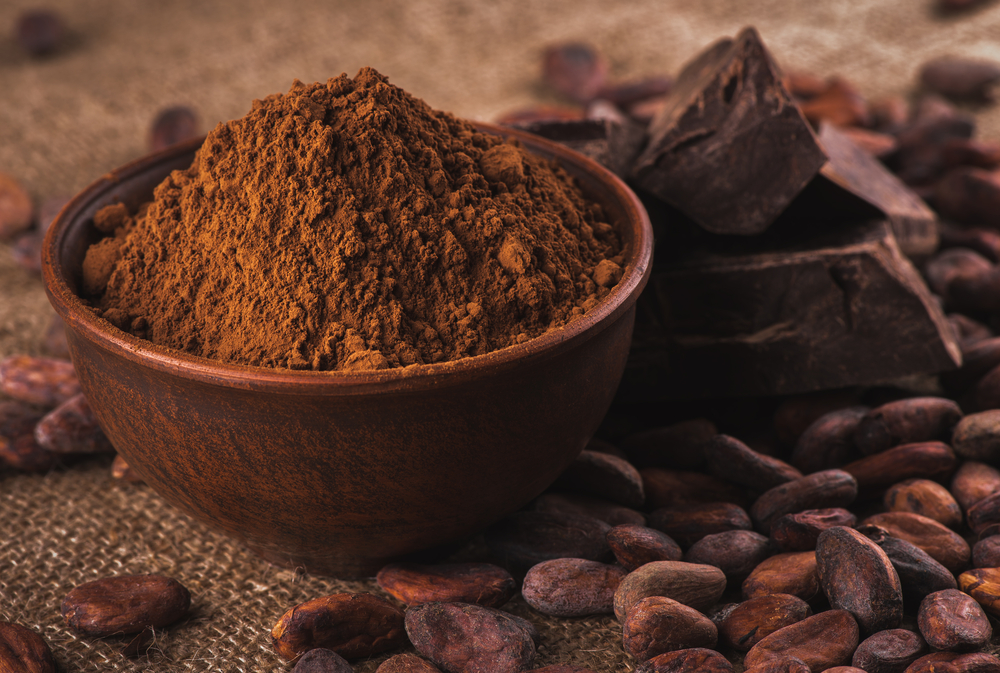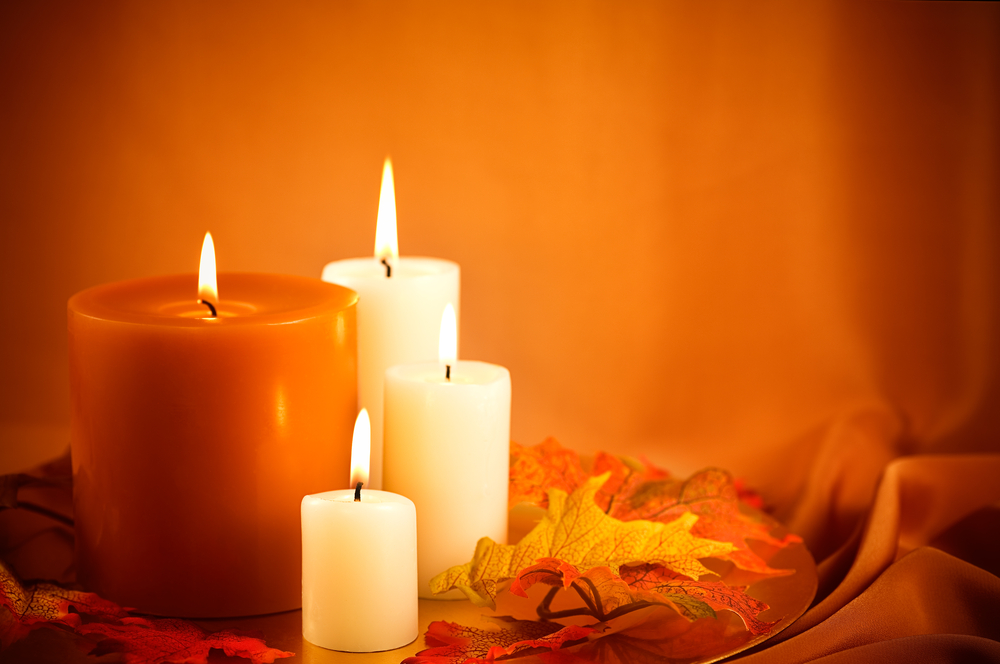Can you imagine chocolate as anything but delicious? Believe it or not, the decadent, irresistible treat wasn’t much of a treat at all for most of its 4,000-year existence. In fact, it wasn’t even in bar or chip form; it was liquid. Produced by pre-Olmec cultures living in present-day Mexico, chocolate was originally a bitter, frothy beverage that was used for ritual, medicinal and hedonistic purposes.

Chocolate in History
The Concoction
Before getting into the rich history of this widely-loved food, it’s important to get a surface-level understanding of how it was made. The ancient Mesoamerican cultures would cultivate the native cacao plants found in nearby tropical rainforests and ferment, roast and ground the beans into a paste. They would then mix it with water, vanilla, honey, chili peppers and other spices to create a smooth and creamy beverage. Many believe its origin and bitter taste is how chocolate got its name because the Aztec word “xocoatl” refers to a bitter drink brewed from cacao beans.
The Bitter Beginning
In its earliest days, Olmec, Mayan and Aztec civilizations found chocolate to be an invigorating drink with magical and divine properties. They would use the liquid as an aphrodisiac and mood enhancer, sometimes giving it to sacrifice victims to comfort them before their death. It was also incorporated in a number of rituals, including births, marriages and funerals.
Unfortunately for the Aztecs, cacao beans didn’t grow in the dry highlands they inhabited, so they would often trade with the Mayans to obtain them. It’s believed that their emperor, Montezuma, drank three gallons of chocolate every day to increase his libido. It’s even believed that he offered it to Hernando Cortes when he mistook him for a reincarnated deity instead of the violent, ruthless conqueror he was.
European Adoption
Regardless of whether the tale between Montezuma and Cortes is true, it is proven that some Spanish explorers did, in fact, consume chocolate given to them by the Aztecs. One even described the concoction as “a bitter drink for pigs” in one of his diary entries. Despite his disdain for it, the Spaniards began to mix the beverage with cinnamon, honey and cane sugar, resulting in rapid adoption throughout Spain. However, chocolate only touched the lips of the royal and wealthy as they were the only ones who could afford the expensive import.
Spain kept this delicious treat a secret for as long as they could, but like all things delicious, it was eventually discovered by foreign tongues. In 1615, when King Phillip III of Spain’s daughter was sent off to France to marry King Louis XIII, she introduced chocolate to the country’s most rich and powerful. It soon became so widely-consumed across all of Europe that the wealthy began to establish colonial plantations in equatorial regions to grow cacao and sugar. Once the steam engine was invented in the late 1700s, mass production of chocolate made it a delicacy that was affordable for all.
The Solidification
To this point, chocolate was still liquid. It wasn’t until 1828 when a Dutch chemist named Coenraad Johannes van Houten discovered a way to make it powdered by removing half of the natural fat (known as cacao butter). He would then take the remnants and pound it into a fine powder (called Dutch cocoa) that could be mixed with liquids and other ingredients. This was all done using his cocoa press, which then allowed him to pour liquid solution into molds and solidify it into edible chocolate.
However, it wasn’t until 20 years later that the first chocolate bar was produce by Joseph Fry. By adding the melted cacao butter back into Dutch cocoa, Fry made a moldable chocolate paste that could be conformed and solidified. Another 20 years later, Cadburry began producing boxes of chocolate candies throughout England. Shortly after, Nestle pioneered milk chocolate, thus starting the mass commercialization of the savory treat.
Present Day
Nowadays, chocolate is loved worldwide by people of all various statuses and cultures. It is incorporated in various types of treats – from chocolate covered strawberries to chocolate chip muffins. It is given as a gift on minor and major holidays alike – Christmas, Easter and Valentine’s Day to name a few. Now, it’s a global phenomenon with a worldwide total of $75 billion spent on it annually.
Because of this high demand, the chocolate producing industry has grown so large that about 50 million people depend on it for their livelihoods. The hardworking folks at Savage Bros are among these people, producing state-of-the-art chocolate melting, processing, packaging and cutting equipment for the confectioners of the world. Our chocolate enrobers are among some of the most quality in the industry, allowing candy makers to mass produce chocolate to satisfy the tastes of people around the world.
If you’re a confectioner and are looking for state-of-the-art confectionery equipment, contact Savage Bros today. Call us at (800) 342-0973 or fill out our online contact form to learn more about our products!


